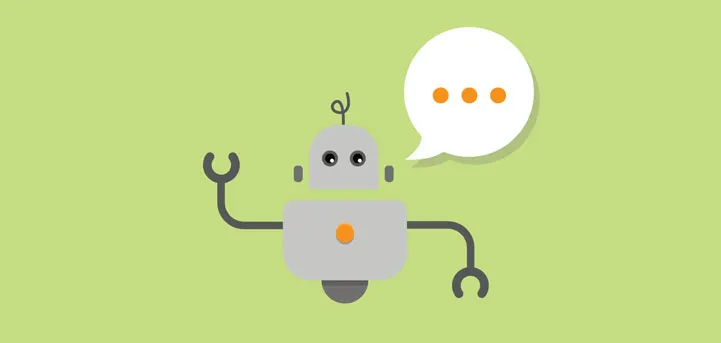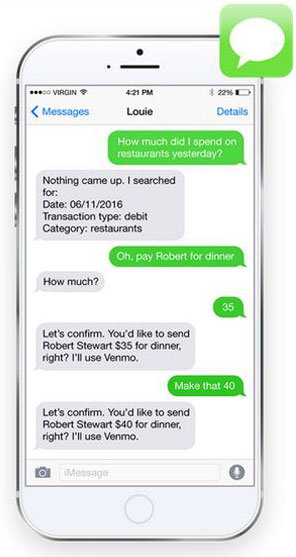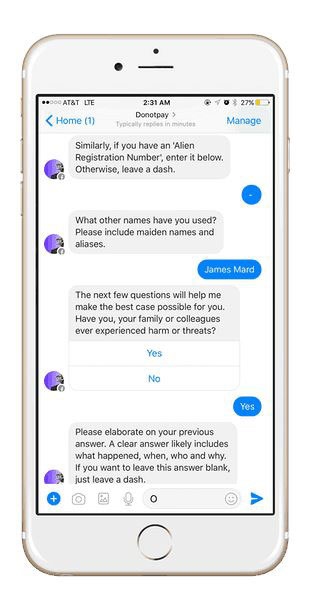


To Chat or Not To Chat
To chat or not to chat? How do you even know that you’re talking to a human online anymore? With the rise of the chat bot technology it’s highly likely that within the next couple of years we’ll be ordering products, asking questions and conversing with chat bots more than ever before.

To chat or not to chat? How do you even know that you’re talking to a human online anymore? With the rise of the chat bot technology it’s highly likely that within the next couple of years we’ll be ordering products, asking questions and conversing with chat bots more than ever before.
Currently only 9% of fortune 500 companies are using chat bots, but this is predicted to increase, with the chat bot industry already increasing by 233% year on year.
Companies have hailed chat bots as the new solution to automating repetitive tasks and making services available to customers 24hrs a day. One can see how areas such as customer service, sales and social media management might benefit from chat bots, as they can take orders, solve simple sales problems and respond to generic queries and comments on social media.
Companies already using chat bots include Pizza Hut, CNN, Bank of America and the Singapore government. Chances are that your company might use chat bots as well. Does your company use Slack? If so, then you’re using a chatbot!
Most companies using chat bots have a simple automation service which answers questions based on a limited series of questions, the Pizza Hut Facebook Messenger app lets you order food and the Bank of America app lets you transfer and move around money by using a text like feature.

But there have also been some more interesting examples of late, including a chat bot developed by Stanford student Joshua Browder which is giving free legal aid to refugees seeking asylum in the USA and Canada.
Originally created to overturn parking fines, with 160,000 parking fines annulled as result of the app, the Do Not Pay chat bot has become a robot lawyer not only specialising in parking fines, but also human rights.
Browder, the creator, worked with lawyers in the US and Canada to put together a wide range of scenarios and answers based on the asylum seekers needs. The chat bot works by asking a series of questions. Once it has established what kind of situation it’s dealing with, the chat bot can then determine which asylum form is needed and whether the person is eligible for asylum protection.

However, even though chat bots can perform tasks from letting you order a pizza to claim asylum, they are limited in terms of human emotion and complexity. This is to be expected as many of the chat bots don’t have the capacity to learn from the interactions taking place, they just perform a series of actions based on what they’ve been programmed to do.
This is one of the main reasons that companies can’t trust chat bots to replace certain sales and admin functions. How would a chat bot read the implied annoyance in an online conversation or tone of voice? In this case it would deliver purely technical advice without responding to any undercurrents of emotions, resulting in dissatisfied customers.
Research scientists in China have been working on solving this very problem and created an ‘emotional chatting machine’. The scientists identified social media posts that were sad, happy or angry, this data was then uploaded for the chatbot to learn from. The chat bot could then respond to the comments, either being happy, sad or angry depending on the emotion picked up in the original post. 61% of humans preferred the ‘emotional’ version of the response that the machine gave as opposed to the literal.
New developments in chat bots are happening all the time, only this week a chat bot with a ‘human like feel’ has won a major Singapore government tender and is able to answer social media queries with ‘personality’. So, keep your eyes peeled for a chat bot near you soon and don’t be surprised if Slack starts becoming all ‘emotional’ on you.
Posted 29 September 2017